
A glazed copper pot (above left), camels made from gold and silver (middle) and a bronze figurine were among the items discovered last year at a tomb west of the Mausoleum of Qinshihuang, the first emperor of a unified China, in Xi'an, Shaanxi province. (PHOTE/CHINA DAILY)
Latest findings seen as contributing to studies of Terracotta Warriors found in funerary pit
Important discoveries were made in 2021's archaeological research of the Mausoleum of Qinshihuang, the first emperor of a unified China, in Xi'an, Shaanxi province.
The Emperor Qinshihuang's Mausoleum Site Museum unveiled on Thursday a terracotta figurine depicting a military general that was found in the No 1 funerary pit of the mausoleum. A figurine of another senior military official, unearthed in the same pit, was also highlighted.
They are among 25 figurines, whose painted colors remain in relatively good condition, excavated from the No 1 pit last year.
Archaeologists see the findings as contributing to studies of Terracotta Warriors found in the biggest known funerary pit of Qinshihuang's mausoleum.
Based on analysis of the discoveries, it is estimated that up to 6,000 Terracotta Warriors and horses might be found in the pit.
To the west of the mausoleum, archaeologists also excavated a grand tomb last year, and the artifacts that were unearthed indicated the outstanding social status of the tomb's occupant.
Camel statues made of gold and silver, gilt door decorations, a silver hound statue and other key burial objects indicated that the tomb's occupant likely led a life of luxury. Some recovered pottery and bronzeware from the tomb are still being restored.
The tomb was thought to be one of the "satellite graves" of Qinshihuang's mausoleum. In ancient China, it was a common practice to bury other royal members or high officials around the emperor's mausoleum.
It took over three decades to build Qinshihuang's mausoleum, which was designed as a "city" with outer walls to show its solemn atmosphere. From September to December last year, archaeologists also excavated an area around the eastern gate of the city and figured out its construction method.
Archaeologists also see the tomb findings as key references for understanding the ritual system of Qinshihuang's time as well as the layout and style of ceremonial architecture within the mausoleum.








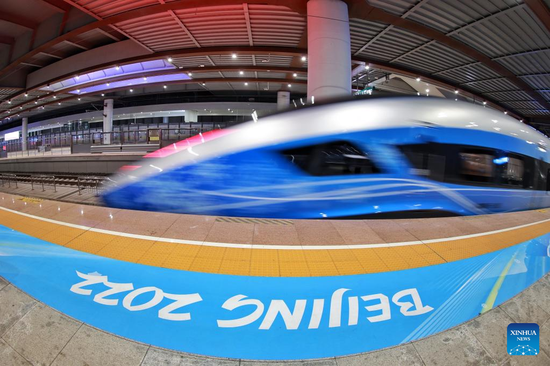
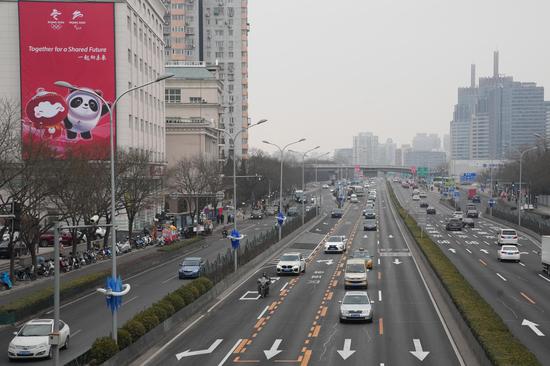
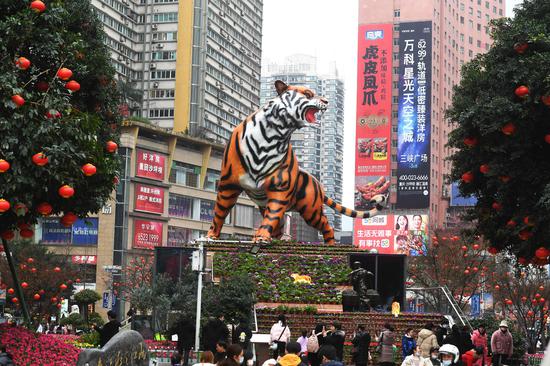

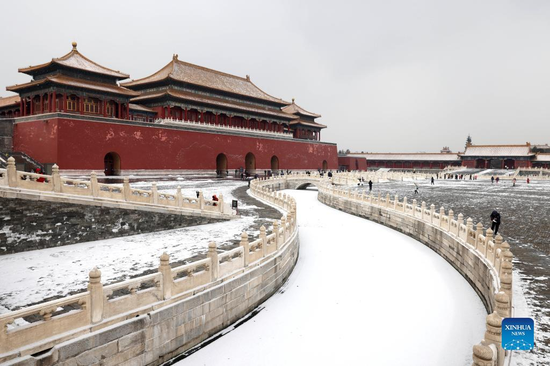
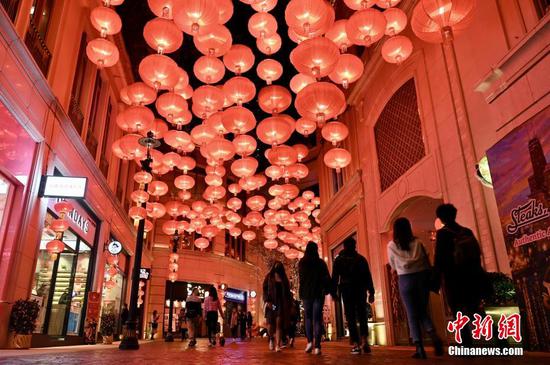
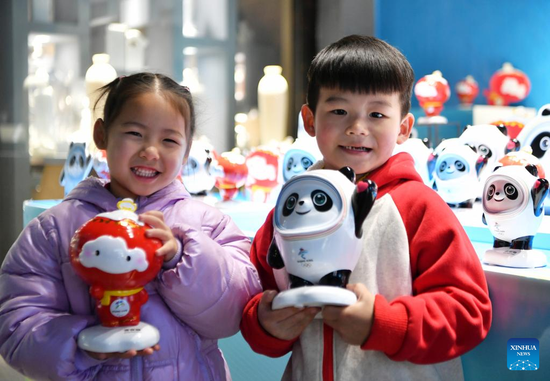

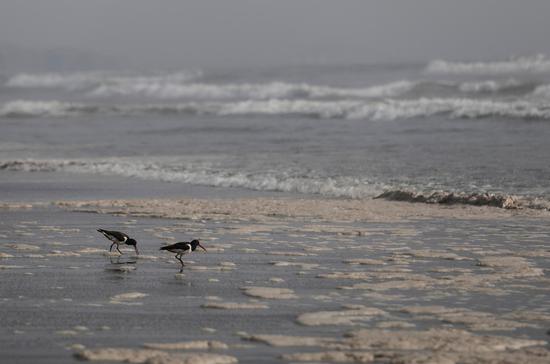
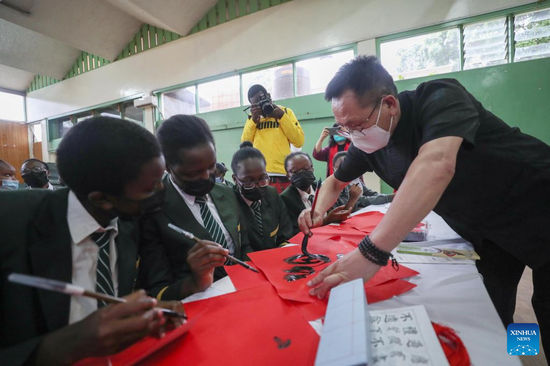
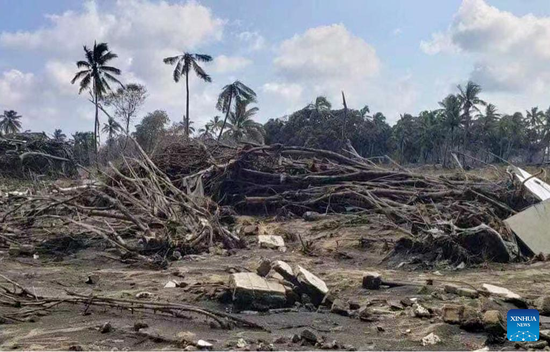
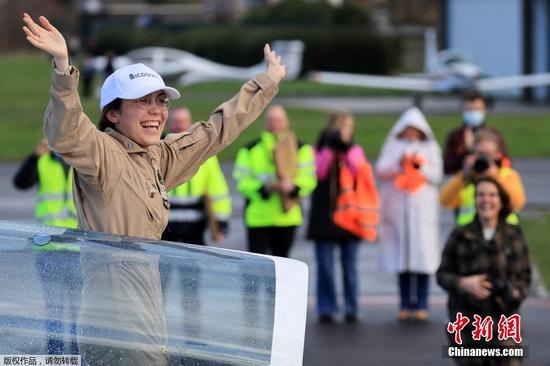

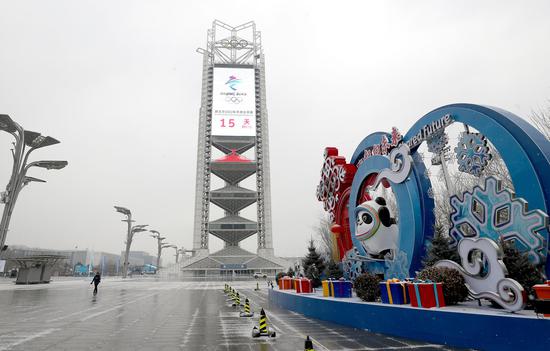
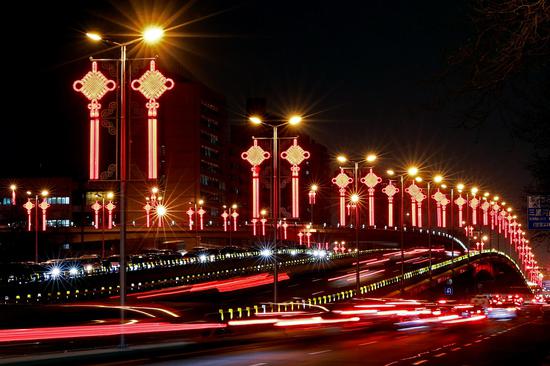
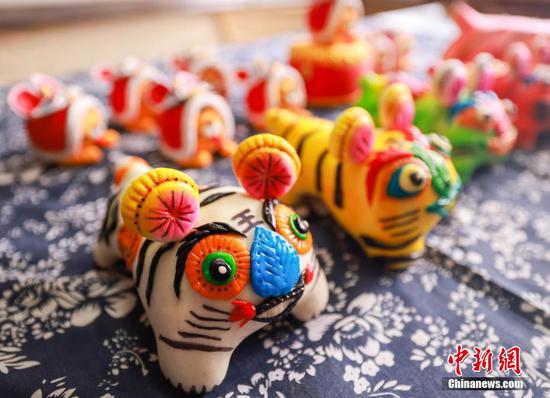
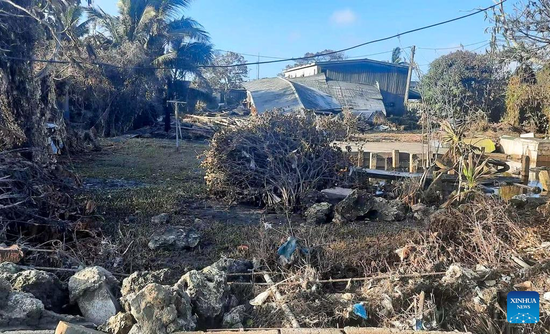
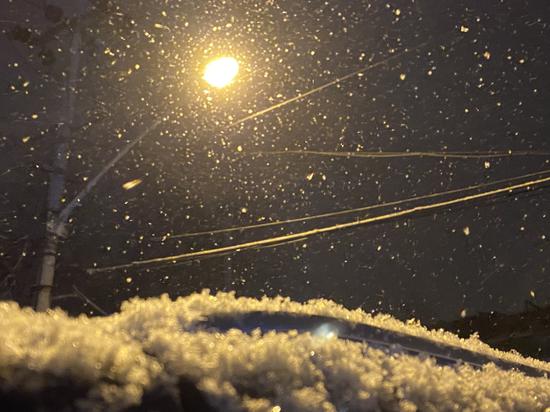
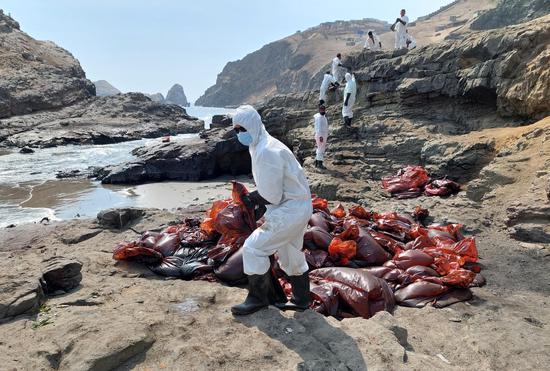
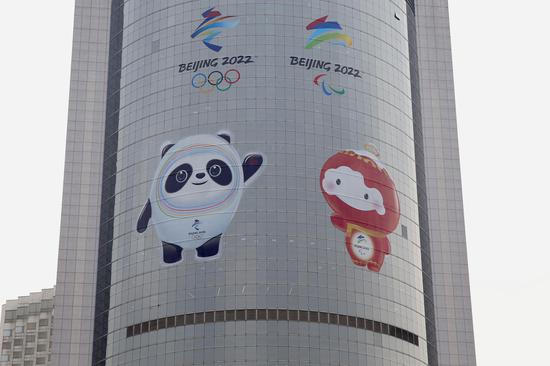
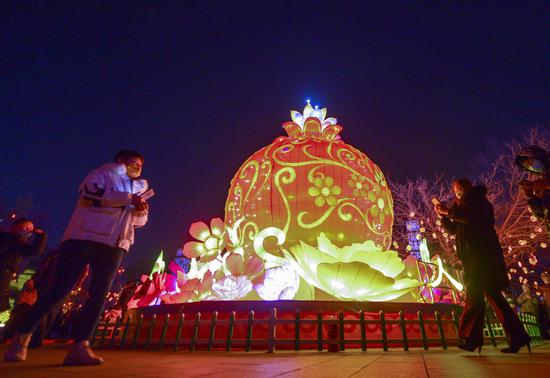
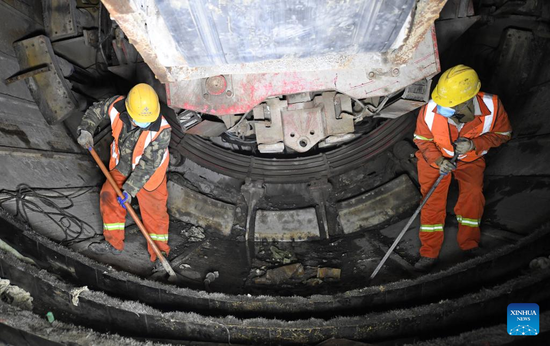
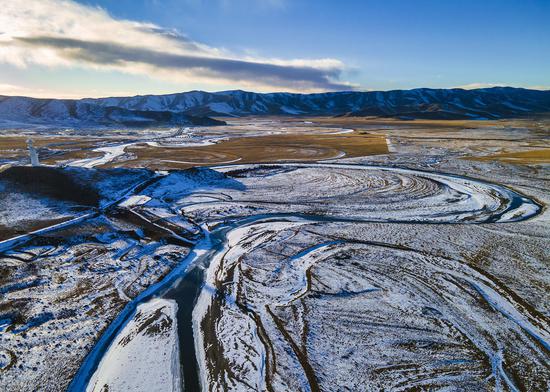

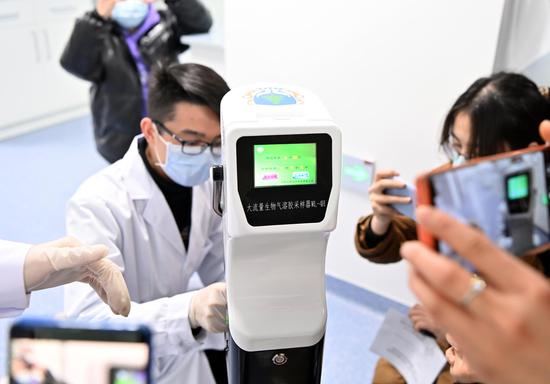
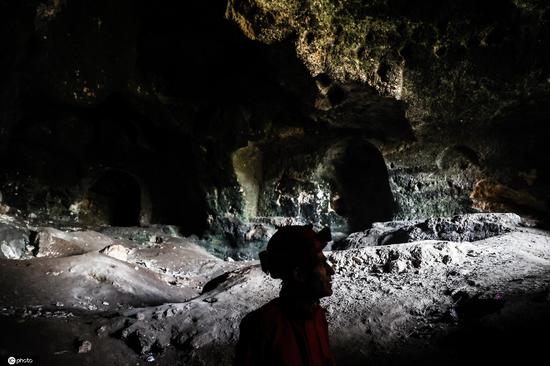

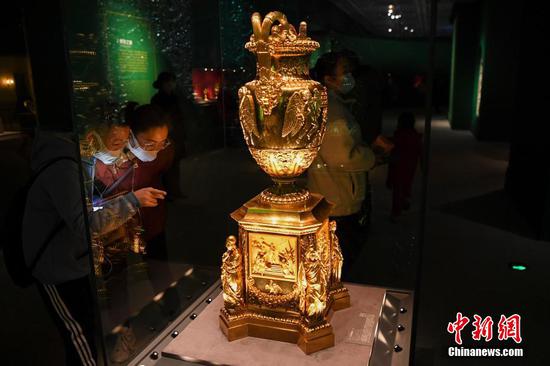
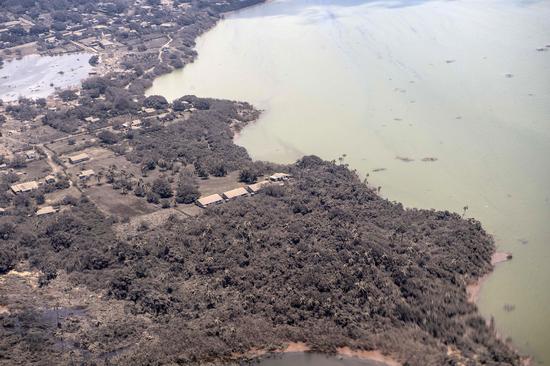
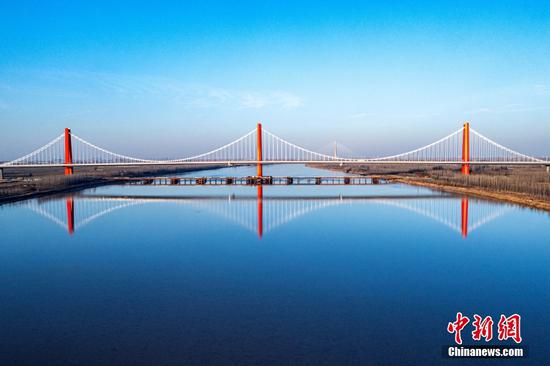

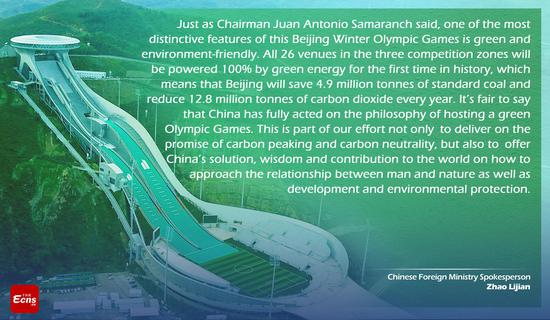
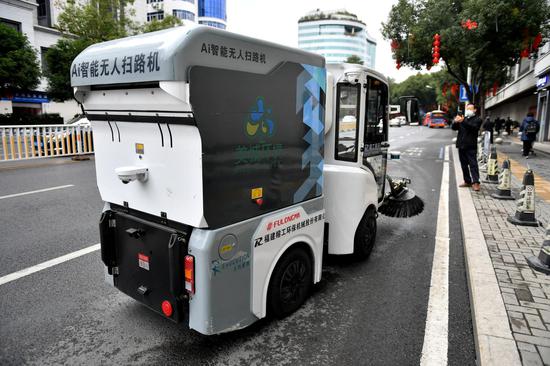
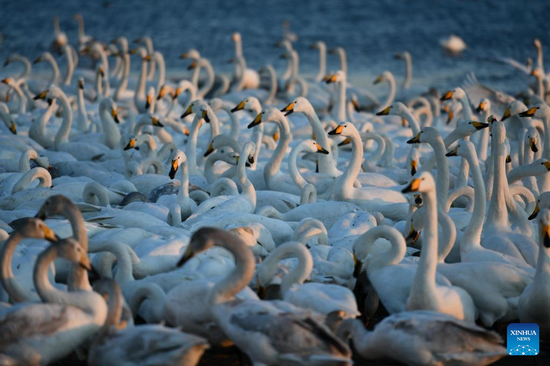

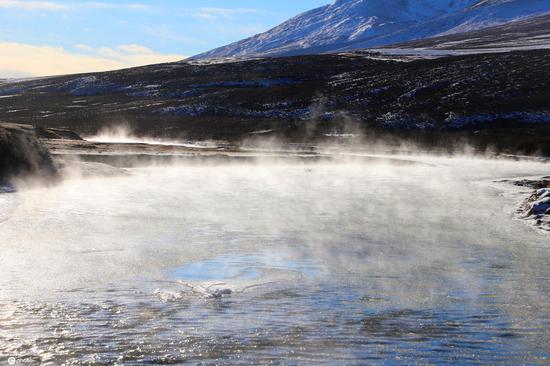

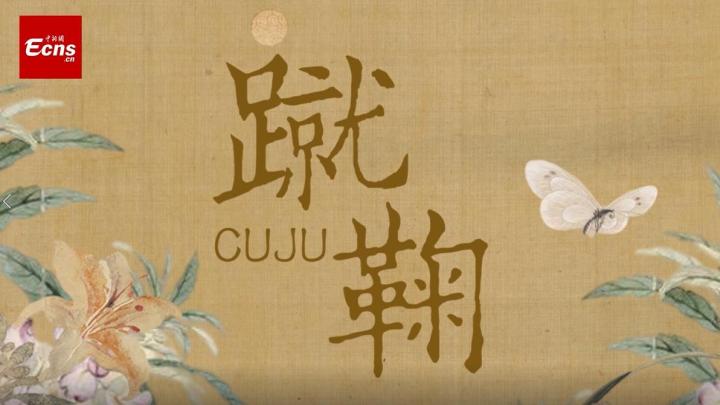

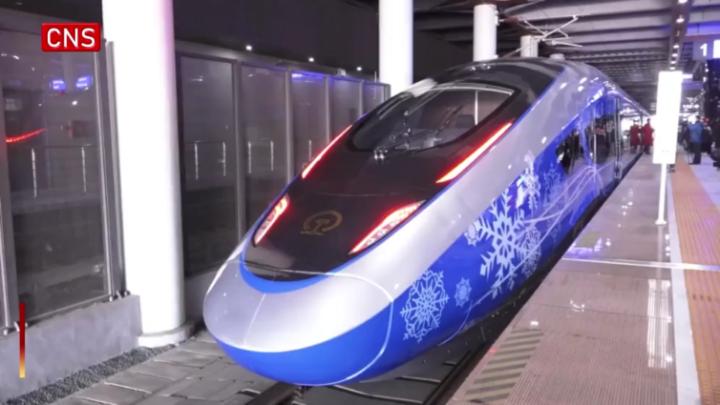

 京公网安备 11010202009201号
京公网安备 11010202009201号